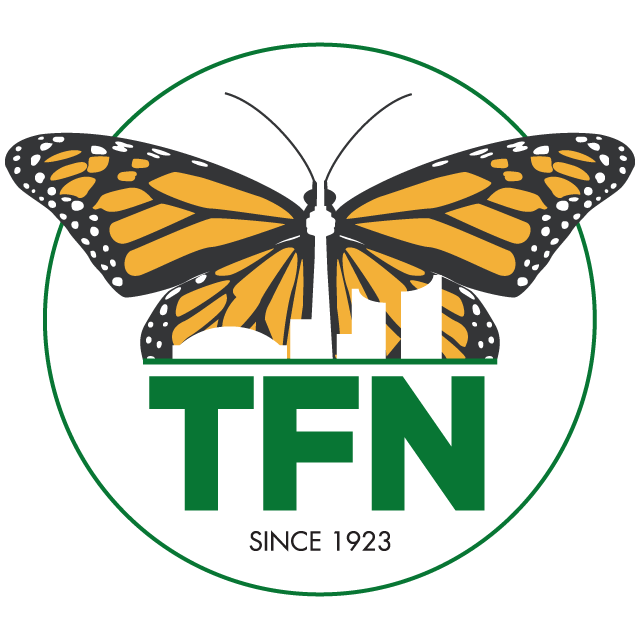Join us on Sunday, November 2nd at 2:30 pm via Zoom for our November Lecture. Zoom details below.
It is difficult to avoid ice in Canada! In addition to ice on the roads and in hockey rinks, Canada is home to an estimated 20,000 glaciers, and our Arctic sea ice grows to an extent larger than the Canadian landmass each year. However, the response of glaciers and sea ice to increasingly warmer temperatures now threatens regional water supplies, local ecosystems, transportation, food security, and more. Explore why 2025 has been designated by the UN as the International Year of Glaciers’ Preservation, and what actions and adaptation measures are being taken by communities across Canada to increase their resilience in this time of change.
Dr. Lynn Moorman is a Professor in the Department of Earth and Environmental Sciences at Mount Royal University in Calgary, Canada, where she teaches spatial data science and physical geography. She explores Arctic regions as a researcher and guide, with a focus on glaciers and glacial geomorphology. She also works with Inuit in Canadian Arctic communities using near-real-time satellite imagery to map sea ice conditions and keep community sea ice travel safe, through the award-winning organization, SmartICE. Lynn is a Canadian Geographic Travel Ambassador, a Fellow and former Governor of the Royal Canadian Geographical Society, and Canadian representative for the International Commission on Geographic Education.
Join Zoom Meeting
https://us06web.zoom.us/j/82101043241?pwd=PWmFhwunk0lRvFgHbCsiJXnF68aUzc.1
Meeting ID: 821 0104 3241
Passcode: 473367
Dial by your location
• +1 647 374 4685 Canada
• +1 647 558 0588 Canada
Meeting ID: 821 0104 3241
Passcode: 473367
Find your local number: https://us06web.zoom.us/u/kehuH8KzeD
This event is part of our free monthly lecture series. TFN members enjoy advance notice of upcoming lectures and follow-up commentary in our newsletter. Not a member? Learn more about the benefits of membership now!
Please tag any posts related to this lecture with #TFNTalk so that we can all join in the conversation.

